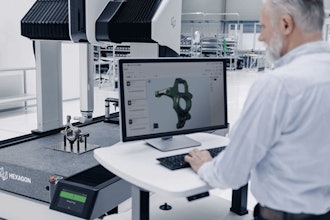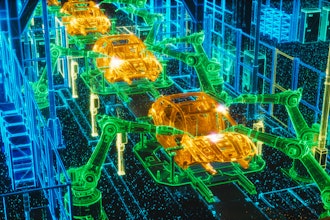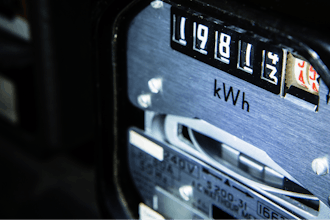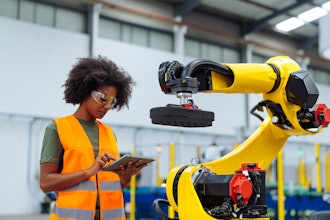The industrial robotics market in the Asia Pacific region is expected to grow at a CAGR of 8.7 percent between 2016 and 2020.
A new report from Research & Markets, notes that various countries in APAC have witnessed increased demand for industrial robots for mass production, efficiency, better quality, product standardization, and reduce wastage.
These robots comprise a robotic arm, control cabinet, control panel, and other peripherals. and are used for various manufacturing applications, including welding, painting, pick and place, palletizing, cutting, assembly, and product testing, and inspection.
The report notes that an upcoming trend is the growing use of IoT in robotics. With advances in technology, an increasing number of industries are incorporating IoT-enabled devices. The high penetration of smart devices and the use of wireless and cloud technologies are expected to change the face and mode of operation of the robots in the near future. Vendors are offering their services and control modules through smart devices and Wi-Fi technology for remote operation of industrial robots, including material handling robots. Since these devices offer more flexibility and convenience in operations, end-users prefer technology-enabled robots in factory facilities.
According to the report, key growth driver is the rise in factory automation. A large number of companies are investing in factory automation, which includes implementation of robotics technology. Japan and China have invested heavily to automate most of their factories with high-end industrial robots. Aging population, shrinking workforce, and immigration control are some of the major factors driving factories to automate their production process.
A large number of Chinese companies are looking for substitute for laborers; hence industrial robotics have become an area of opportunity for the vendors.
Further, the report states that one challenge that could hamper market growth is the high switching cost of using industrial robots.






















